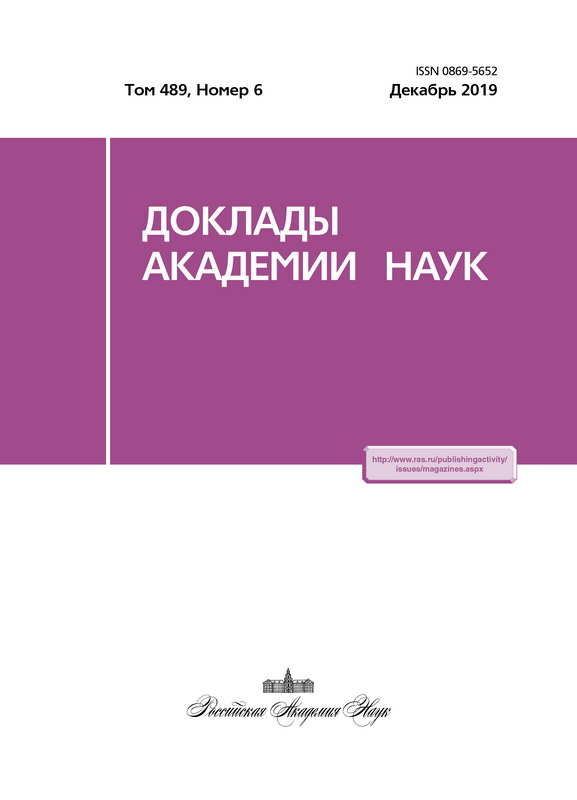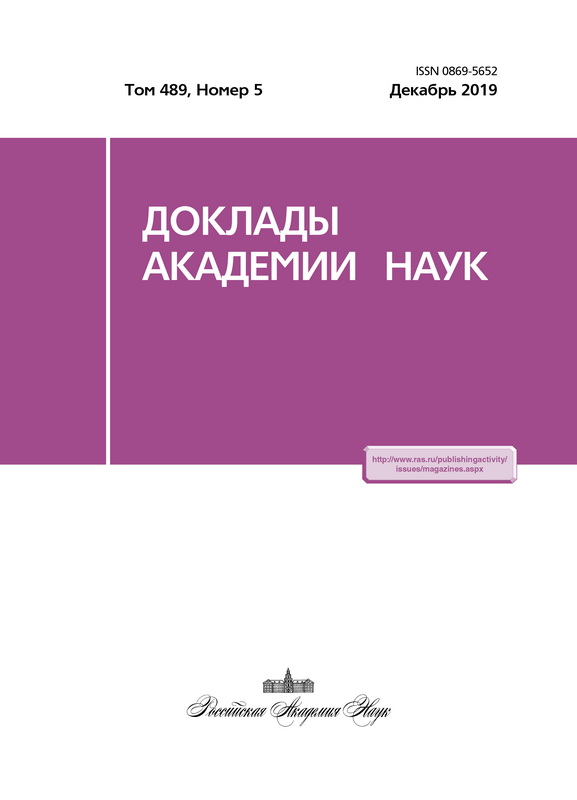Белки везикулярного цикла как показатель нейропластичности дофаминергических нейронов в чёрной субстанции мозга
- Авторы: Мингазов Э.Р.1, Павлова Е.Н.1, Сурков С.А.1, Угрюмов М.В.1,2
-
Учреждения:
- Институт биологии развития имени Н.К. Кольцова Российской академии наук
- Национальный исследовательский университет “Высшая школа экономики”
- Выпуск: Том 489, № 5 (2019)
- Страницы: 525-529
- Раздел: Биохимия, биофизика, молекулярная биология
- URL: https://journals.eco-vector.com/0869-5652/article/view/18852
- DOI: https://doi.org/10.31857/S0869-56524895525-529
- ID: 18852
Цитировать
Аннотация
Нигростриатные дофаминергические нейроны (ДН), участвующие в регуляции двигательной функции, обладают высокой пластичностью. При гибели до 50% этих нейронов при болезни Паркинсона выжившие нейроны обеспечивают нормальную регуляцию двигательной функции. В данной работе была поставлена задача определить, вовлечены ли белки везикулярного цикла - синтаксин Iа (Syn Ia), синаптотагмин I (Syt I), Rab5a и комплексины I и II (Cmpх I и II) - в механизмы нейропластичности в чёрной субстанции, содержащей преимущественно тела и отростки ДН. На нейротоксических моделях болезни Паркинсона у мышей показано, что при дегенерации до 50% ДН содержание Syt I, Syn Ia, Cmpх I и II, участвующих в экзоцитозе везикул, в чёрной субстанции в целом не изменяется, а в отдельных выживших ДН компенсаторно увеличивается. Таким образом, данные, полученные в этой работе, позволяют предположить, что нарушение моторного поведения, возникающее при гибели половины нигростриатных ДН, не является следствием нарушения продукции белков везикулярного цикла в выживших ДН.
Ключевые слова
Об авторах
Э. Р. Мингазов
Институт биологии развития имени Н.К. Кольцова Российской академии наук
Email: ekrepak@yandex.ru
Россия, 119334, г. Москва, ул. Вавилова, 26
Е. Н. Павлова
Институт биологии развития имени Н.К. Кольцова Российской академии наук
Автор, ответственный за переписку.
Email: ekrepak@yandex.ru
Россия, 119334, г. Москва, ул. Вавилова, 26
С. А. Сурков
Институт биологии развития имени Н.К. Кольцова Российской академии наук
Email: ekrepak@yandex.ru
Россия, 119334, г. Москва, ул. Вавилова, 26
М. В. Угрюмов
Институт биологии развития имени Н.К. Кольцова Российской академии наук; Национальный исследовательский университет “Высшая школа экономики”
Email: ekrepak@yandex.ru
Академик РАН
Россия, 119334, г. Москва, ул. Вавилова, 26; 101000, г. Москва, ул. Мясницкая, д.20Список литературы
- Agid Y. // Lancet. 1991. V. 337. № 8753. P. 1321-1324.
- Bezard E., Gross C.E. // Prog. Neurobiol. 1998. V. 55. № 2. P. 93-116.
- Угрюмов М.В. // Ж. Неврологии и психиатрии им. C.C. Корсакова. 2015. T. 115. № 11. С. 4-14.
- Gerlach M., Riederer P. // J. Neural. Transm. 1996. V. 103. P. 987-1041.
- Ugrumov M.V., Khaindrava V.G., Kozina E.A. // Neuroscience. 2011. V. 181. P. 175-188.
- Kozina E.A., Khakimova G.R., Khaindrava V.G. // J. Neurol. Sci. 2014. V. 340. P. 198-207.
- Mingazov E.R., Khakimova G.R., Kozina E.A. // Mol. Neurobiol. 2018. V. 55. P. 2991-3006.
- Potokar M., Lacovich V., Chowdhury H.H. // Glia. 2012. V. 60. P. 594-604.
- de Hoop M.J., Huber L.A., Stenmark H. // Neuron. 1994. V. 13. № 1. P. 11-22.
- Südhof T.C. // Neuron. 2013. V. 80. № 3. P. 675-690.
- Мингазов Э.Р., Угрюмов М.В. // ДАН. 2016. Т. 468. № 4. С. 459-461.
Дополнительные файлы







